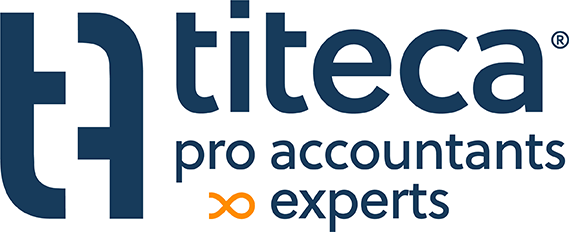Since the entry into force of the new company law, the vigilance for directors under the alarm bell procedure has been expanded: the alarm bell procedure no longer applies only in the event that the board finds negative net assets, but also when it finds that the company will not have sufficient liquid assets to make ends meet during the next 12 months.
In such a situation, there are two options: make an attempt to restore the financial situation through taking some measures or pull the plug.
What remedial measures?
It goes without saying that there is no standard list of remedial measures at hand: every company is different and every situation that leads a company into alarm is unique. The list of remedial measures to be proposed is tailor-made for the board, taking into account the capabilities of the company, its product/services, its sector and market....
However, there are a number of type examples that are certainly worth considering in practice for a company facing payment problems:
- Most obvious: making the company more profitable by identifying where costs can be cut and margins increased; scrapping or putting on hold less profitable activities and focusing on what pays off.
- Restructuring of credits. Here, on the one hand, a rearrangement of the credits can take place via a longer term, but on the other hand, additional banking solutions can also be considered. Via the conclusion of working capital financing (e.g., factoring), cash can often already be freed up in the short term.
- Attracting outside parties and/or investors to the company: additional financial resources combined with a new vision/strategy of the company can provide a new boost, a more efficient buying/selling policy, better marketing...
What about the WCO as a remedial measure?
The legislature's protective measure, a WCO proceeding, can be proposed as a remedial measure and may be recommended to temporarily provide the company with the necessary financial breathing space to shape its relaunch. There are officially three types of WCO procedures: (i) settlement with a selection (at least 2) of creditors; (ii) settlement with all creditors; and (iii) a transfer under judicial authority of (part of) the company. Since the most commonly known (and utilized) procedure is the WCO II, the following relates primarily to it.
There are a number of things to consider before resisting WCO proceedings:
- A WCO(Business Continuity Act.)procedure is aimed at the relaunch of the company: the company is given some time to reorient itself and work this out in a recovery plan, which is an essential part of the procedure.
- A WCO-II procedure is a judicial and public procedure involving all creditors of the company (government, bank, suppliers...). The application is published in the Belgian Official Gazette and all creditors are notified personally. They are also given full access to the recovery plan.
- A WCO-II proceeding is an administratively intensive procedure and requires the necessary professional assistance of a lawyer (for the proceeding) and an accountant (for the recovery plan). Keep this additional price tag in mind for your company.
- It is widely known that it is possible to provide for the waiver of interest and penalties in the recovery plan, and even to a large extent to reallocate debts to sometimes 20% of the initial amount. What is less known is the fact that a recovery plan must include more than a rescheduling of debts: the company must demonstrate its ability to meet its ongoing expenses during the period of suspension, as well as after, then in conjunction with its repayment plan.
This implies that in addition to the rescheduling of debts, the cash flow and profitability of the company must be thoroughly addressed; possibly by bringing in additional resources, rescheduling credits (see above), reviewing the offering, deleting loss-making products/services, rescheduling management and personnel...
- Cooperation and consultation with creditors is extremely important; not least as far as the company's financial creditors are concerned: banks are usually the largest creditor(s) (in amount), so their agreement to the recovery plan is essential to get it approved.
Also keep in mind that banks, but generally other creditors, can also influence the recovery plan by making their agreement contingent on additional conditions or collateral in the recovery plan.
What if no more recovery is possible?
As cited at the outset, the alarm procedure may also include a decision to dissolve the company, or even to file the books.
More to the point, it is a legal obligation for the board to file for bankruptcy if the company is permanently unable to pay its debts and can no longer count on credit from its creditors (e.g., through deferred payment or installment arrangements). Directors who wrongfully keep a bankrupt company alive may be counted liable for all or part of the debts in the eventual bankruptcy.
In a limited number of situations, notwithstanding the negative net assets, it is also possible to opt for a (deficit) dissolution and liquidation. This is possible to the extent that all the company's creditors have confidence in the liquidator and the manner in which he applies the rules of liquidation and distribution among all concerned. Once this trust is betrayed or disappears, each creditor will (may) file for bankruptcy, causing an independent trustee to take over the liquidation.
Do not hesitate to contact us here contact us with questions.
Would you like a conversation about the right approach for your business? Then make an appointment here with our pro experts!




